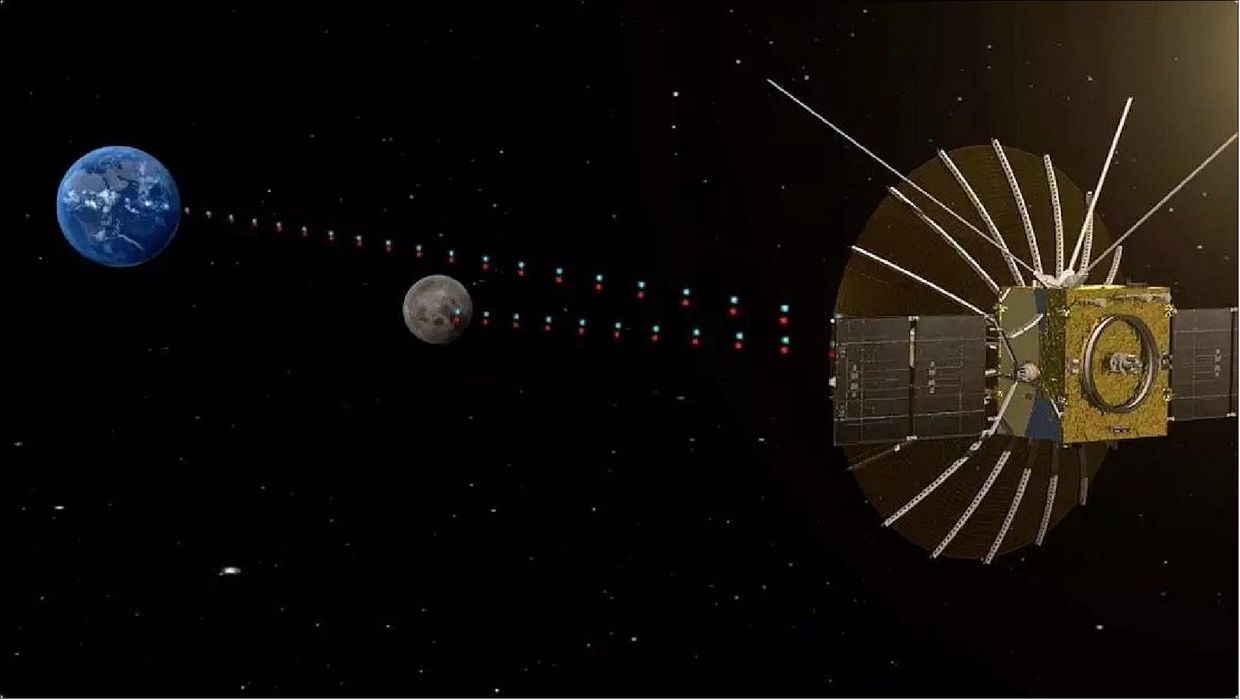
There was an interesting 3D print development from the China National Space Administration (CNSA).
CNSA recently launched an experimental mission to the Moon as part of their planned Lunar navigation and communications system, called “Queqiao”. It’s intended to eventually be a series of relay satellites orbiting the Moon to provide communications between ground and Earth, as well as an ability to assist with navigation.
Why do this? It’s because China has landed probes on the far side of the Moon. There, radio signals cannot penetrate the Lunar surface and they’re essentially in a radio-silent zone. By putting a relay satellite overhead that problem is solved.
At this stage CNSA is still developing the program, and missions are testing a variety of approaches in addition to some science experiments.
Along with the most recent launch was a pair of satellites, Tiandu-1 and Tiandu-2.
The one of interest to us is Tiandu-2, which included an experimental 3D printed storage tank. This tank stored liquid ammonia that was used for cold gas thrusters.
A gold gas thruster is basically just a valve that blows out compressed gas, as opposed to a hot thruster that ignites a fuel and oxider. Xinhua explains:
“The cold propulsion system recently provided high-precision orbital attitude control for the satellite during lunar orbit, marking the first successful application of the liquid ammonia cold air micro-propulsion system in the field of deep-space exploration.”
This is quite an achievement, because the storage tank had to withstand quite a number of extreme conditions, including enormous heat & cold, high pressures, corrosion, vacuum of space, mechanical stress, etc.
Evidently the experiment worked, showing that it is indeed possible to 3D print storage tanks for use in space.
However, CNSA is by no means as transparent as NASA, so we know very little about the tank. We don’t even know if it was 3D printed in metal or polymer — but I’d guess metal due to the extreme conditions.
Going forward, we are likely to see more custom 3D printed space components as experiments such as this one prove their flight worthiness.
Via Xinhua
